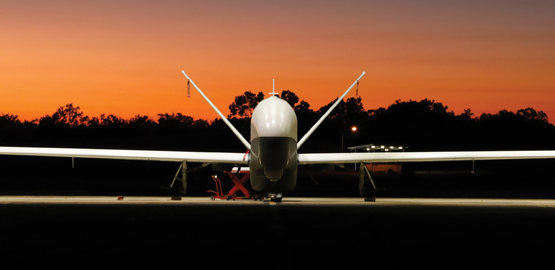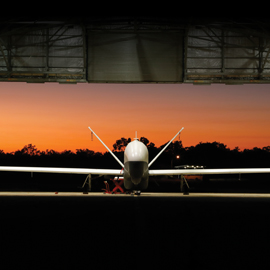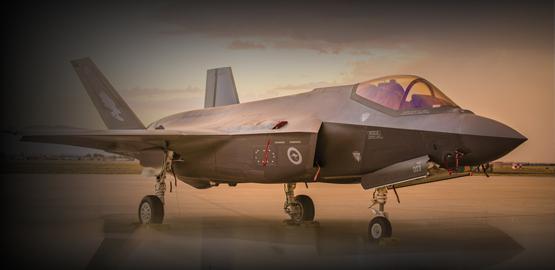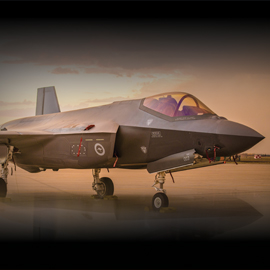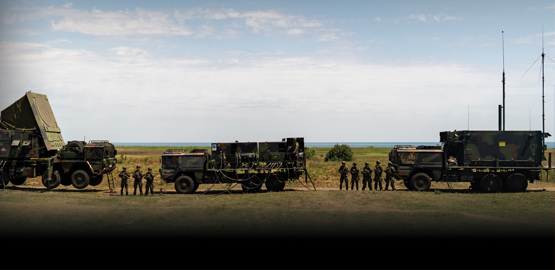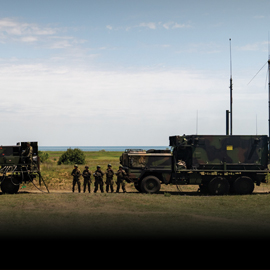Publications
"Nobody does defense policy better than CSBA. Their work on strategic and budgetary topics manages to combine first-rate quality and in-depth research with timeliness and accessibility—which is why so many professionals consider their products indispensable." – Gideon Rose, Editor of Foreign Affairs, 2010-2021
Analysis of the FY2012 Defense Budget
For the first time in more than a decade, both the base budget and war budget are declining, but a smaller, less costly force does not necessarily equate to a less effective or less capable military
Selected Options and Costs for a No-Fly Zone Over Libya
US policymakers and other world leaders have watched intently as civil war has erupted in Libya. In recent days, reports of air strikes on Libyan rebels and civilians have led some in the international community to call for a no-fly zone. Some argue that since US vital interests are not at stake, America should not become engaged in yet another military operation while the conflicts in Afghanistan and Iraq remain unresolved. There are also those who argue that given the United States’ declining fiscal position, those African and European states whose interests are directly involved in Libya should step-up and implement a no-fly zone. The Pentagon has weighed in, urging caution, and noting that the costs and difficulties of no-fly zones are generally higher than perceived.
FY 2012 Base Defense Budget Represents a Turning Point
The Obama Administration today unveiled its defense budget request for FY 2012, which totals $553 billion in discretionary funding for the peacetime costs of the Department of Defense (DoD) and $5 billion in mandatory funding. In addition to the “base” budget, the administration also requests $118 billion for Overseas Contingency Operations (OCO) and $27 billion for national defense activities in the Department of Energy and other agencies. Altogether, the total national defense budget request is $703 billion for FY 2012.
The FY 2012 Defense Budget: What to Expect in an Age of Austerity
This backgrounder addresses the current state of the FY 2011 defense budget, identifies insights stemming from Secretary Gates’ announcement on the FY 2012 budget, and raises budgetary and programmatic issues likely to complicate DoD’s planning over the Future Year Defense Program (FYDP).
The Fiscal Commission and Defense
With a federal budget deficit that exceeded $1.3 trillion in FY 2010 and a rapidly mounting national debt, the findings of the Fiscal Commission established to identify ways to balance the budget have been much anticipated. Tackling the deficit is important to restoring the government’s fiscal health and the nation’s economic prosperity. It is also important to national security. History has demonstrated that in times of major conflict, the fiscal might of the United States and the ability to mobilize resources on a massive level have been a source of enduring strategic advantage. But with the deficit near record levels, the debt load rising, and interest payments on the debt consuming a greater share of the budget each year, this advantage is rapidly eroding.
Defense Department Initiatives
As fiscal year 2010 draws to a close and the economy struggles to recover from the deepest recession since the Great Depression, the federal government faces a number of fiscal challenges. The budget deficit is projected to exceed $1.4 trillion due in part to increased spending on fiscal stimulus programs and a sharp reduction in tax revenues due to the recession. But underlying the current fiscal situation is a structural deficit that the economic downturn only exacerbated. As Congress and the administration focus more attention on reducing the deficit,all areas of the budget, including defense, have come under increased scrutiny.






